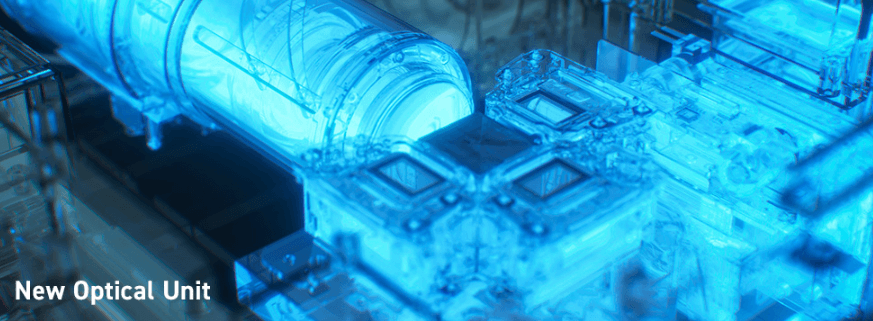
Another day and another new projector model is hitting the stores. This time around it’s JVC’s turn to announce a new release, and it’s adding not one, but two models to its D-ILA projector lineup with the DLA-NZ700 and DLA-NZ500.
The two new projectors are its most compact 4K resolution projectors announced so far, and they’re the successors to last year’s single-digit models, the JVC DLA-NZ7 and DLA-NZ5
One of the major changes compared to those earlier models is that the new projectors are housed in a smaller chassis, and JVC is highlighting this in its promotional materials, saying that the pair are, in fact, the “world’s smallest native 4K projectors”.
We should point out that these are true 4K resolution projectors, as they don’t use pixel shifting techniques like some models do to try and upscale HD content to 4k.
Although they’re more compact with an overall 35% reduction in volume, the DLA-NZ700 and DLA-NZ500 carry many of the same powerful features of their predecessors, including the same optical unit, lens and circuit board, the company said.

Both of the models utilize JVC’s Blu-Escent laser light technology, and they can achieve a brightness rating of 2,700 lumens and 2,300 lumens, respectively. Both models boast an overall lifetime of around 20,000 hours, after which you might see some degradation in terms of picture quality. In addition, the DLA-NZ700 features more advanced “alignment control” and “pixel flatness”, enabling it to achieve an 80,000:1 native contrast ratio, compared to 40,000:1 on the DLA-NZ500. The company also claims that both projectors will deliver “improved uniformity” in terms of brightness across the entire image.
Other features shared by the DLA-NZ700 and DLA-NZ500 include Frame Adapt HDR Generation 2, which helps optimize brightness on each frame, HDR10 support with real-time tone mapping, and Deep Black Tone Control that helps to maximize darker elements of the picture. In addition, they both offer a Vivid picture mode that helps to improve SDR content, as well as Filmmaker Mode for more authentic, cinema-like replication of content.
The 4K lenses on both models have been improved, and they feature a larger, motorized aperture with fully-electric zoom, focus and lens shift features. They can support a vertical shift of up to 70% and a horizontal shift of up to 28%, the company said. There’s also an Installation Mode to ease the setup process, and Auto Calibration technology that helps to optimize all of the picture settings. Finally, there’s a redesigned user interface that streamlines access to all of the picture setting features.

In terms of pricing, we simply don’t have any idea yet because JVC hasn’t said how much they will cost. But don’t expect them to be cheap. To get an idea, consider that the higher-end JVC NZ900 and NZ800 cost around £25,000 and £16,000, respectively. Meanwhile, last year’s JVC NZ7 is currently selling for around £11,500. So we can expect the NZ700 to cost less than £16,000, but more than £11,500, with the NZ500 being a bit cheaper.
They'll go on sale in November, the company said.